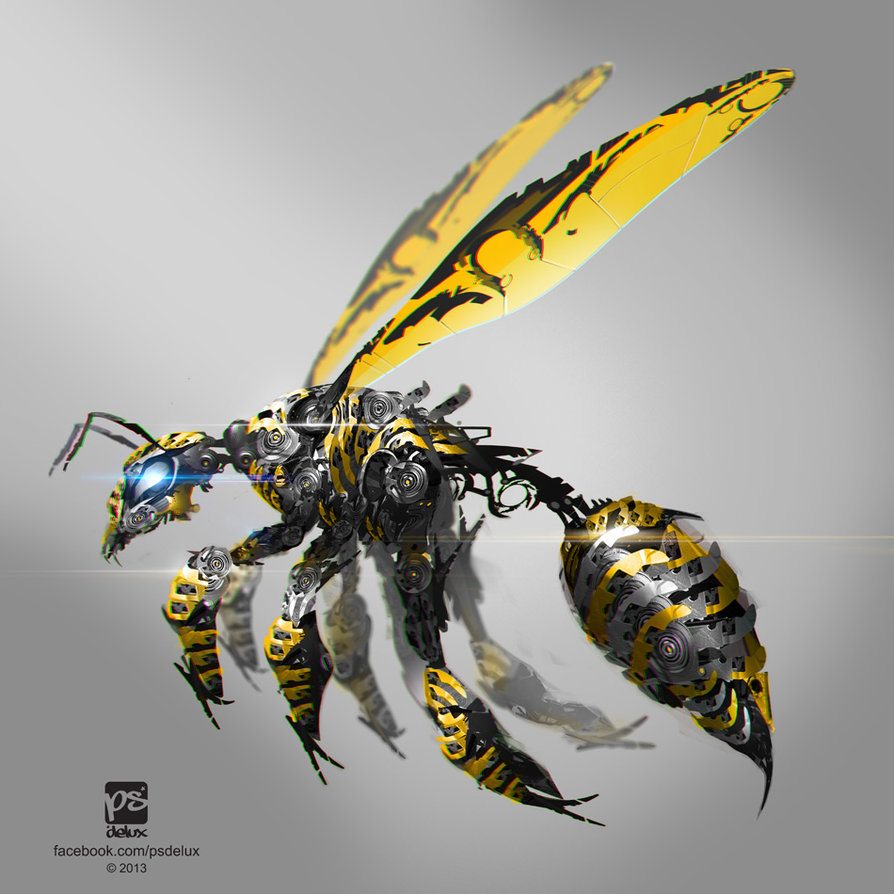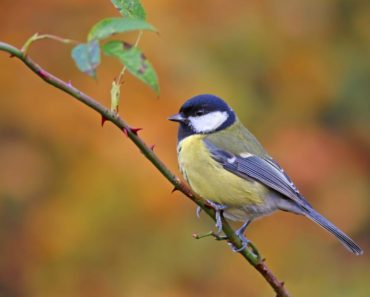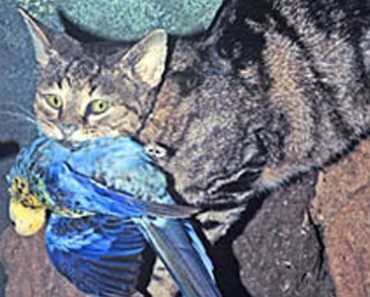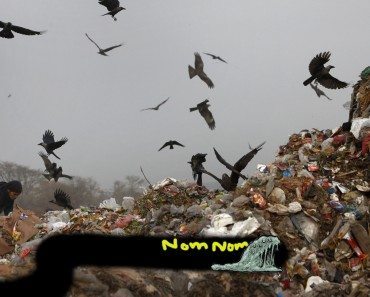
photo: Dievent Art
NASA has a new plan to figure out how to navigate Mars’ rocky terrain: robotic bees.
Researchers at the University of Alabama, Huntsville, in collaboration with Japanese scientists, received funding from NASA last week for a study called “Marsbees,” which would develop tiny, winged robots to colonize the Red Planet.
These flying robots might navigate Mars’ rocky terrain better than traditional rovers, which move slowly and often get stuck in the sand.
Here’s how they’d work
according to NASA: The ‘Marsbees’ would be launched by a rover, acting as a sort of mobile base and recharging station. Inspired by insects, the robot ‘bees’ would have bodies shaped like bumblebees, with wing structures reminiscent of cicadas.
The bees would be able to fly by flapping their wings, generating enough lift to hover in the Martian atmosphere. There are a few specific advantages to using flapping, insectoid robots over traditional rotary-powered drones, according to NASA.
But making a flappy-winged robot fly isn’t easy. Another group of researchers, funded by the U.S. Army, spent years and over $1 million in government funds developing the Hummingbird Nano Air Vehicle, one of the few winged robots that can fly in Earth’s atmosphere.
Flappy-winged Robots
Figuring out how to make robotic bees fly on another planet with a different atmosphere will be even more challenging. The researchers, still in their earliest phases of the study, plan to build their design in a vacuum chamber with air-density levels reduced to Mars’.
Still, the project shows enough promise to earn funding from NASA among 25 new projects the agency underwrote as part of its cutting-edge Innovative Advanced Concepts grant program, which seeks to turn “science fiction to science fact.”
There are only a few flapping drones that can actually fly in Earth’s atmosphere (a hummingbird drone developed by the Japanese team) and NASA’s robot bees are still in Phase I — the very early stages of design.
The future of space exploration, however, could belong to the (robot) insects.









